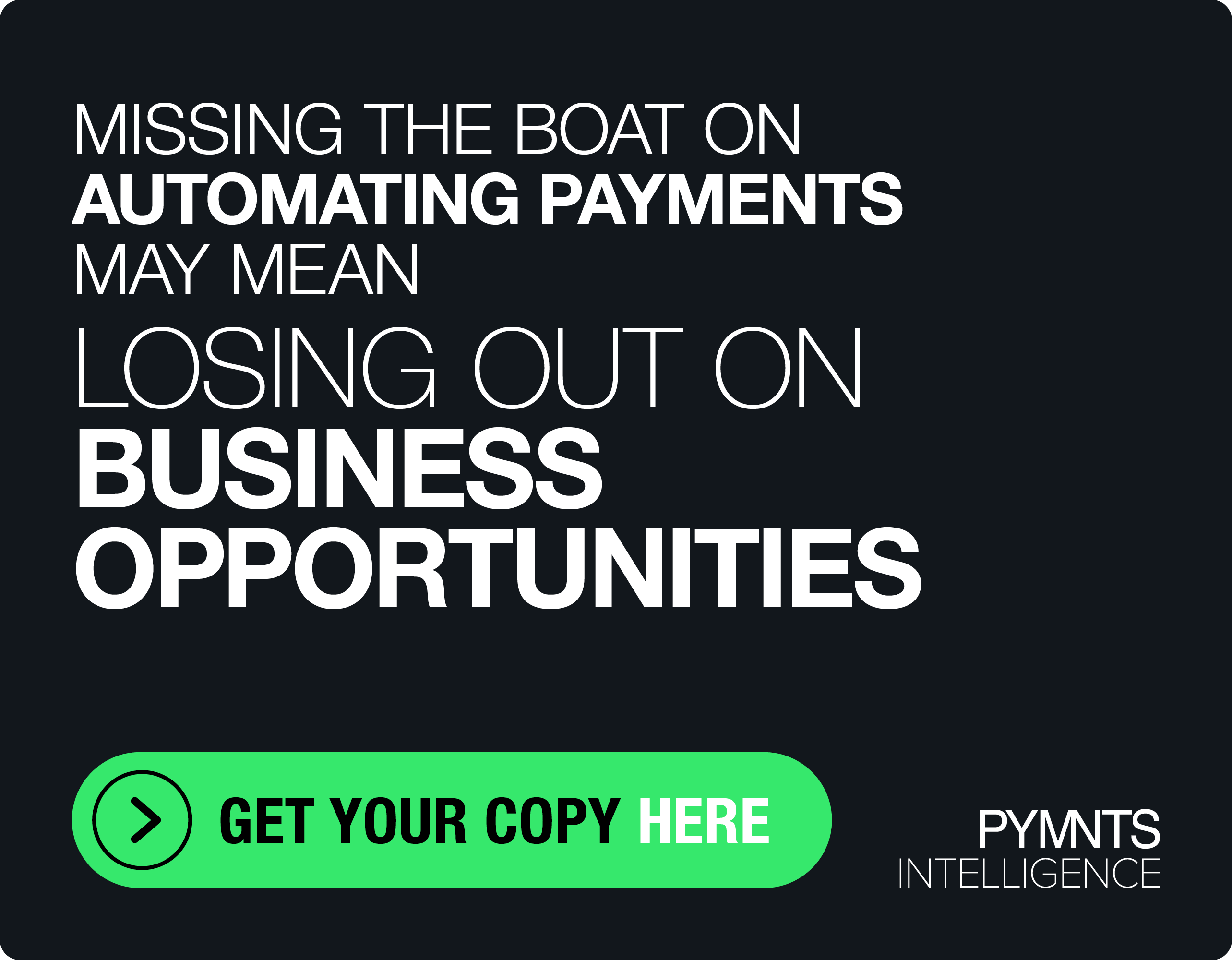APIs Turn Payment Cards Into Programmable Money

Making payments with cards or through banks has contributed to transforming the payments industry, but those systems have not been built in a way to allow developers and programmers to deliver utility to consumers and businesses around the world.
According to Dev Subrata, CEO of Fidel API, there is growing demand from developers for tools that can help them build real-time, event-driven experiences — which is a need that the U.K.-based FinTech firm is meeting today with an application programming interface (API) layer that creates a programming interface on top of the existing, antiquated data rails and payment systems that developers can build a modern connectivity layer on.
Read more: APIs Transform Consumer Financial Management With Real-Time Data
“It’s the fact that a developer can now apply logic and trigger and build these experiences programmatically on top of real-time money flow — that is really what we describe as ‘programmable money,’” Subrata told PYMNTS in an interview.
See also: APIs Give Companies Granular Insight Into Expense Management
He said it boils down to a few core capabilities, including Fidel API’s identity and consent product as well as its data product, which enables developers to capture payments in real-time whenever a user transacts with their card at any location, whether that’s online or offline.
It also involves identity data payout which enables a user to put money back onto a card to create read-write capabilities on top of a card.
“As a developer, I can now read a transaction, apply logic and programmatically trigger an event-based experience or a sequence of events that happens right after that,” he explained.
Per Subrata, that was not possible until players like Fidel API created API layers that enable users to interact with legacy payment systems, further opening up a world of opportunities for developers and programmers who can now have easy and seamless access to this information.
Learn more: Fidel Connects Developers to Card Data With New API
“That’s where it gets really interesting, because you can start to fix broken processes or completely transform the way we do things, the way a consumer interacts with their money and with our service providers, and create new value for users on the market,” he noted.
Multiple Use Cases
To further enable these programmable experiences, the London-based firm recently announced a $65 million in Series B funding round, enabling startups and global enterprises such as British Airways, Google and the Royal Bank of Canada to leverage its tools to power and automate solutions in areas such as omnichannel attribution, digital receipts, expense management and personal finance management.
Related: Bain Capital Leads $65M Series B for Fidel API
Another vertical is insurance claim reimbursement, which is helping users ditch antiquated methods of filing a claim, which often included long processing times and resulted in a mailed check.
“What if I could just make a claim online, get approved and the insurer tells me to go into your nearest Apple store to make a purchase?” Subrata argued. “As soon as you make the right purchase and it’s validated, we’ll just push the money back to your card.”
When it comes to loyalty and rewards, the company has also seen significant demand and organic growth as users juggling several plastic loyalty cards and apps seek more convenient and digitized ways to claim rewards and points.
Automating that loyalty experience is the key, he said: “I can walk into Starbucks and connect my card to the Starbucks program, and then every time I pay using my card, Starbucks can automatically add those stars to my account, and I can engage with it on my phone.”
Money as an “Integrated Whole”
In terms of predictions for the future of money, Subrata said it is important not to view money in isolation to a specific technology.
“Let’s not think about it as bank accounts as their own thing, cards as their own thing, or Web3 as its own separate thing — let’s think about it as an integrated whole,” he continued.
This is because clients are not focused on specific rails or specific payments stacks, he explained, but instead are looking for ways to optimize the experience for their customers and leverage Fidel API tools to build these holistic experiences around money.
You might also like: Fidel Targets US Market in Expansion of Card-Linking Technology
While there’s still a lot to be done there to achieve that, he said viewing money as a unit will be critical, in addition to stitching together Web3 accounts, cards and others in order to create read-write capabilities and extend identity and authentication capabilities across the board.
And to achieve that goal, trust will be key.
“We need to make sure that we are the trusted partner for the ecosystem — for our network partners, merchants, issuers and the consumer,” he said. “And make sure that everything we do today is based on very gradual customer consent [and] authentication, and that as we scale, security sits right at the heart of it.”
